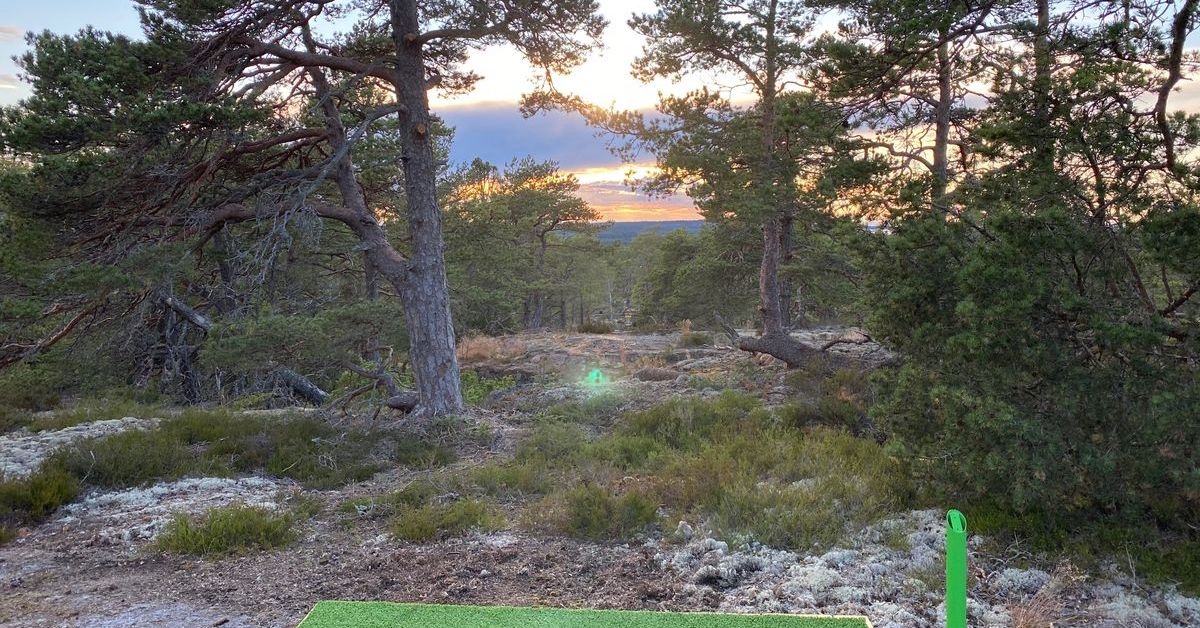
Off the southwest tip of Finland, you'll find the Åland Islands (pronounced oh-lah-nd), a group of thousands of islands that are an autonomous part of Finland and home to around 29,000 people. The region's economy is based largely on tourism, and when the pandemic hit, 2020 suddenly turned from looking like one of the islands' best years ever to one of their worst.
This is why pandemic was dealing the small nation.
"The others were thinking defensively, like helping by giving loans," His main goal was to attract a completely different type of tourist to islands mostly known for fishing and traditional golf. activities. In the middle of presenting these ideas at the meeting, the solution came to him.
"I was talking about that, and suddenly I knew the answer was actually disc golf," Adamczak said.
We discuss later why certain factors don't make it all that surprising for someone in Åland to think of disc golf as a viable draw for new tourism. However, the scope of the plan Adamczak came up with and the short amount of time he needed to enact it are extraordinary.
Adamczak decided that he'd need not one, but 16 disc golf courses to make disc golf a sustainably popular tourist attraction. Additionally, he wanted all the courses built quickly so they could start paying dividends before the end of this year's tourist season. Amazingly, just a month after the meeting he'd secured an offer from a disc golf course installation and design company, lined up funding, and gotten permission to build the courses.
His initial announced time of completion? The end of July 2020—just two and a half months after publicly announcing the project.
Betting this big on disc golf as a catalyst for tourism hasn't happened anywhere else in the world, and we wanted to know the economic reasoning that helped convince Adamczak and the Åland Islands' government that it was worth taking. So we asked Adamczak all about it in a recent interview, learning about the key role an Åland Islands-based gaming company played in funding the project, the surprisingly short timeframe Adamczak believes it will take for the investment to pay off, and much more in the process.
At the Center of the Explosion
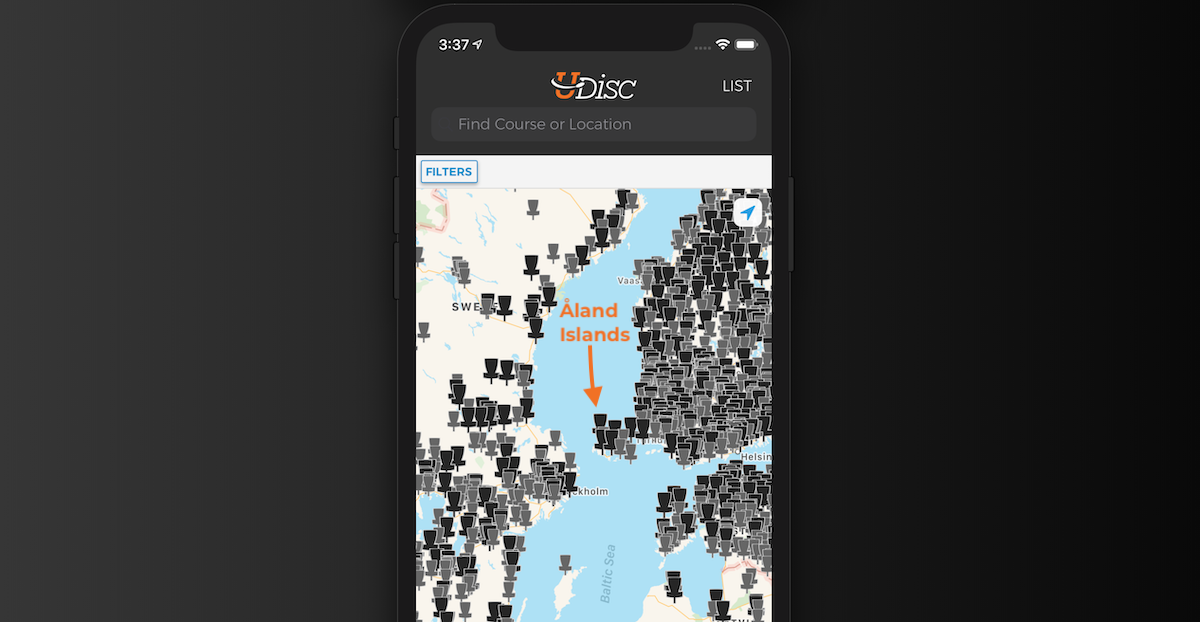
Adamczak readily admitted that when he first thought of disc golf as a possible boon to Åland's ailing 2020 tourism prospects, it was due more to gut feeling than data—interesting for someone who works as both a data scientist and a political pollster. But once he started putting in research, he only became more certain.
"I started to study more deeply how many disc golf courses were in Finland, where the progress was in Europe in and the world, and I saw that we are actually at the center of the explosion of disc golf in Europe," Adamczak said.
And there's no denying Adamczak's conclusion. For example, we recently released a list of the countries with the most disc golf courses per capita, and the top six are all in northern Europe, with numbers two, three, and six being the islands' closest neighbors: Finland, Estonia, and Sweden respectively.
As well, a recent study found that in Finland—where many of Åland's tourists hail from—disc golf is more popular than more internationally-known sports like basketball, volleyball, and even traditional golf. Tens of thousands of Finns play disc golf at least once a week.
However, while these factors supported Adamczak's conclusion that disc golf could successfully draw in tourists, they also made him sure that if disc golf was going to be as successful for his nation as he hoped, he'd need to do something big.
Why 16?
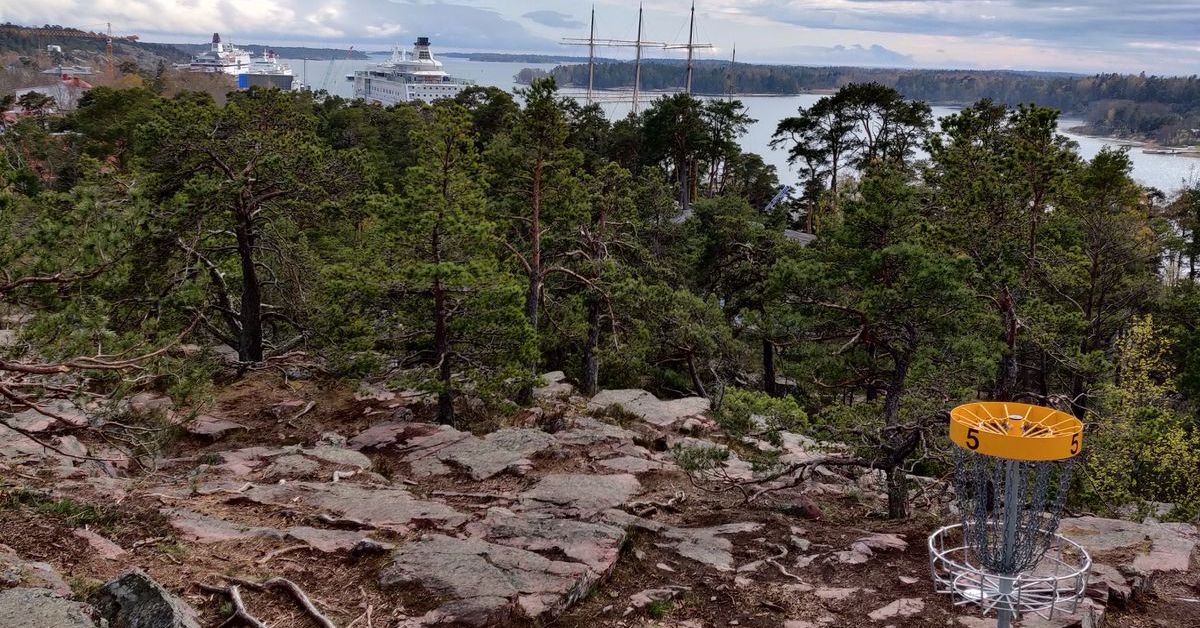
The high number of courses in countries near the islands was a double-edged sword for Adamczak.
The availability of free or inexpensive pay-to-play disc golf courses in those areas had grown with demand, and that increased availability had helped more people learn about and start playing the sport, in turn creating yet more demand for new courses. This cycle was generating an ever-growing population segment the islands could market disc golf to in neighboring countries.
On the other hand, the large number of courses in nearby regions meant that in order to entice people to make a special trip to Åland to play, the islands had to offer something special.
"There couldn't be two courses; that would be nothing—not even five courses," Adamczak said. "It really had to be going all in."
Along with needing a large number just to grab people's attention, there was another monetary incentive for going big. Adamczak works for Paf, an Åland-based gaming company that says its "mission is to generate profit to be used for the benefit of society." Paf offers grants to help cover the cost of projects that meet that goal. If the project helps the whole nation of the Åland Islands, Paf will cover 50% of the costs.
Knowing all this, Adamczak wanted to assure maximum funding for the project he was spearheading by making it unquestionable that it had the potential to help every part of Åland.
All of these facts were behind Adamczak's final decision to go for a total of 16 courses.
Åland has 16 municipalities, so placing a course in each one would be a clear attempt to help the entire nation. That was also a number large enough to draw the attention of disc golfers based in areas where courses were readily available. Incidentally, it would make Åland have the highest disc golf courses per person of any country in the world, too, with roughly one course per 1,600 residents. To put that stat in perspective, the Finnish capital Helsinki would need to have about 395 courses to match it, and Finland as a whole currently has just over 700.
One final advantage of this total was that though it was large, it was also low enough that many visitors would want to play the majority or every one of the courses before ending their stays.
"I did some some surveys in communities in Sweden and Finland, and 50% or more said they wanted to play at least 10 courses," Adamczak said.
Even with northern Europe's long summer days, all but the most intrepid players would need to stay multiple nights to enjoyably play that number of courses, which Adamczak said his surveys told him many intended to do. That would be a big change from what the islands are used to seeing from traditional golf tourists.
"A traditional golf visitor comes to the island on Friday afternoon, plays that evening, stays over Friday night, plays again Saturday morning, and then goes back home," Adamczak says. "It's typically male friends who can get off from the family for one day, but it seems to be different for disc golfers."
How Much Did It Cost & When Will It Pay Off?
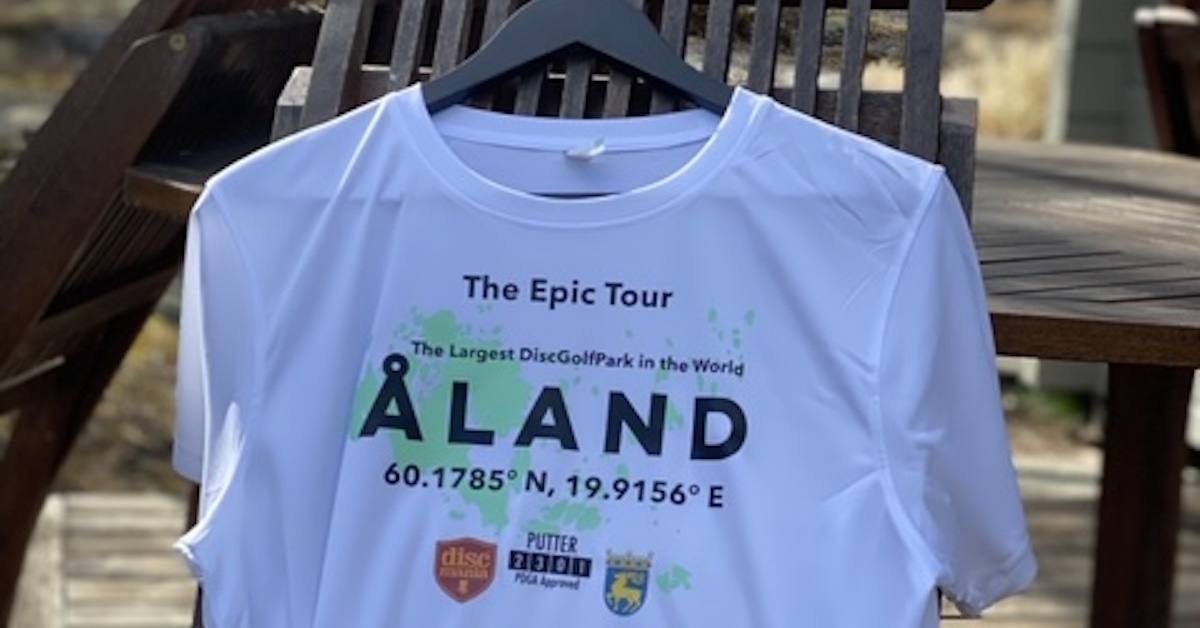
Adamczak contracted one of the best-known disc golf course building companies, DiscGolfPark, to make his vision a reality, and he said the total cost of all the courses (some of which will be nine and not 18 holes) will be around €150,000 or roughly $171,000 USD. That total will be paid for by the money granted by Paf as well as from donations from other Åland businesses.
That total doesn't encapsulate all the labor, though. Adamczak said the islands have a program that hires out-of-work young people to do jobs around the nation, and he was able to secure 11 people from this program to help install courses. There were also volunteers who put in time to aid this project that they believe will help their municipalities become more prosperous.
When we asked Adamczak how long he thought it would take for this investment to be returned to Åland's economy, he answered with the stunningly short span of four weeks.
The logic behind that timeframe was compelling, though. To understand it, you'll need to know that the world's best disc golf course, Järva, is located in Sweden, a country that's attempt to reach herd immunity against the coronavirus means it has some of the highest infection rates in Europe.
"Järva usually has three thousand Finnish visitors per year, and these three thousand visitors could come to Åland instead," Adamczak said. "And that's entirely possible because they don't want to go to Sweden as the situation is."
Adamczak said with the average amount each tourist puts into Åland's economy, even just a third of those Järva visitors coming to the islands instead would already pay for the investment in the courses, and he thinks that number could be easily reached in a month during peak tourist season.
Waiting to Win
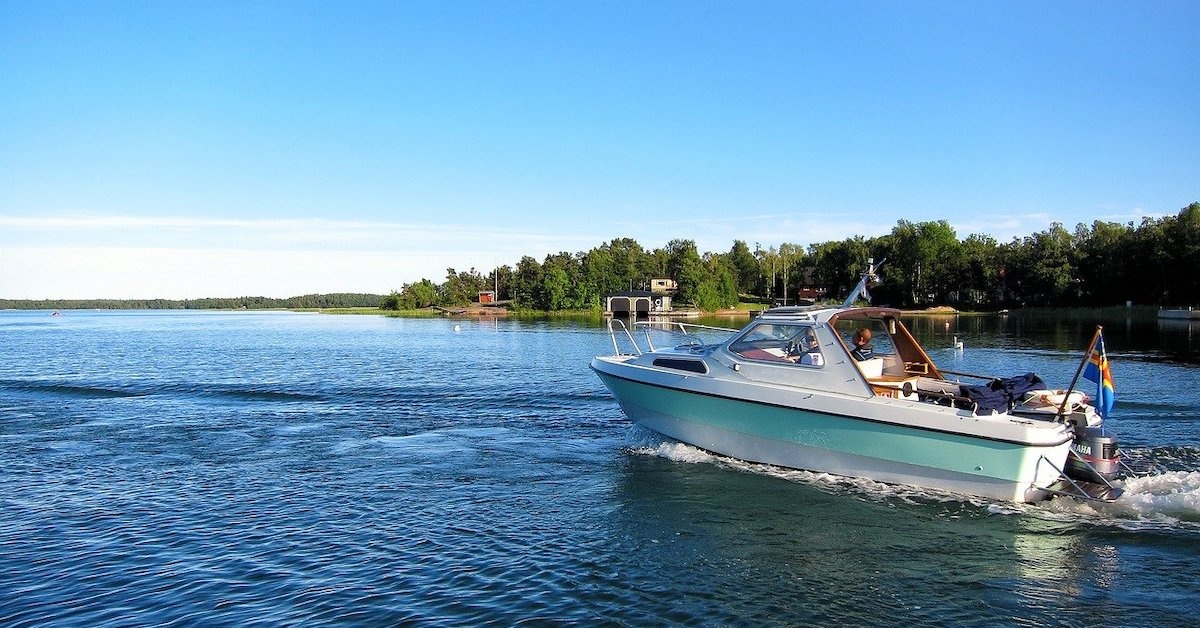
Even with all the advantages the scope of this project seems to provide, Adamczak isn't expecting a "build it and they will come" attitude to be enough. He's considering various ways to promote the courses to disc golfers around the world. Two of these are having an epic opening ceremony designed to produce viral videos and heavily publicizing former disc golf World Champion and prolific course collector Avery Jenkins' planned attempt to play all sixteen courses in one day next Midsummer, the day with the most daylight of the year.
While some of the courses are already complete or soon will be, the project is not on track to meet the original announced finish date of the end of July 2020. Adamczak believes the full 16 will be completed by October. Still, he said he's seen many things that make him believe the project will be a success, including lots of interest from disc golf clubs wanting to play their club championships on the islands, longer lines than usual at a café near a course, and native Ålanders traveling around the islands to check out the new courses.
We'll have to wait and see if those positive signs portend sizable pay-offs for Åland's investment in disc golf. But if they do, it could become one of the sport's biggest success stories, and one that disc golf promoters across the world could use to help convince community leaders that betting big on disc golf isn't as much of a gamble as it may first appear.
